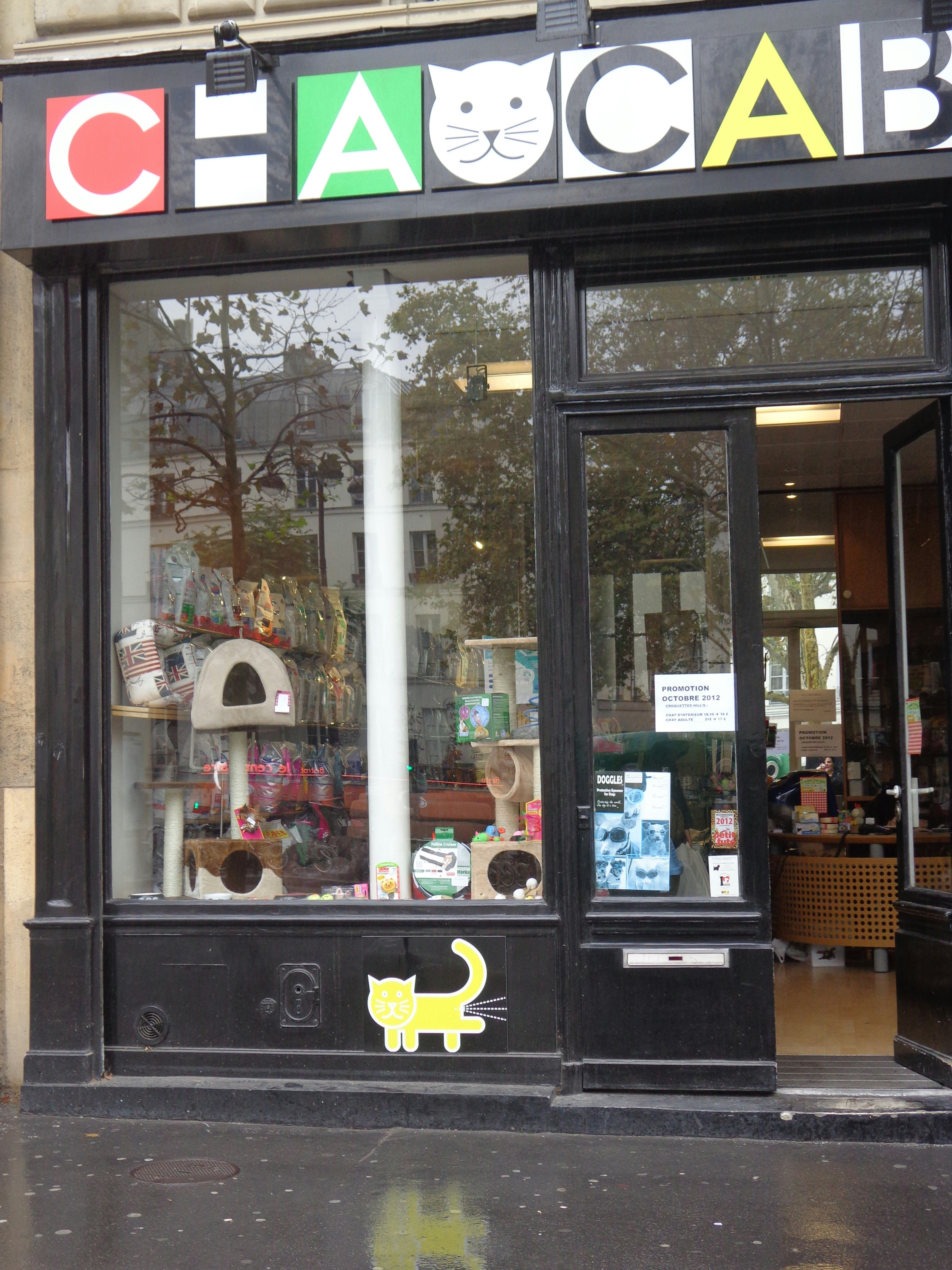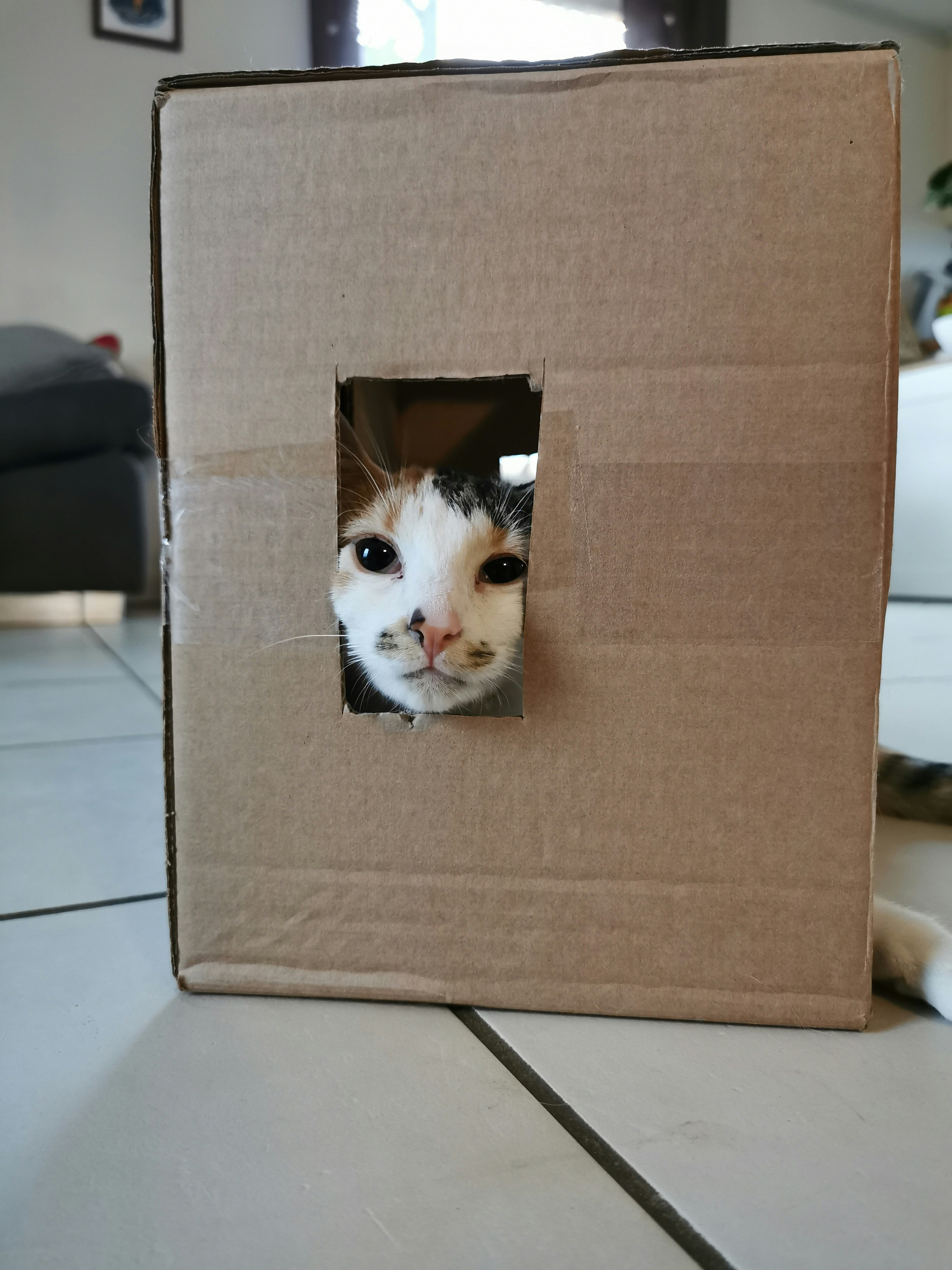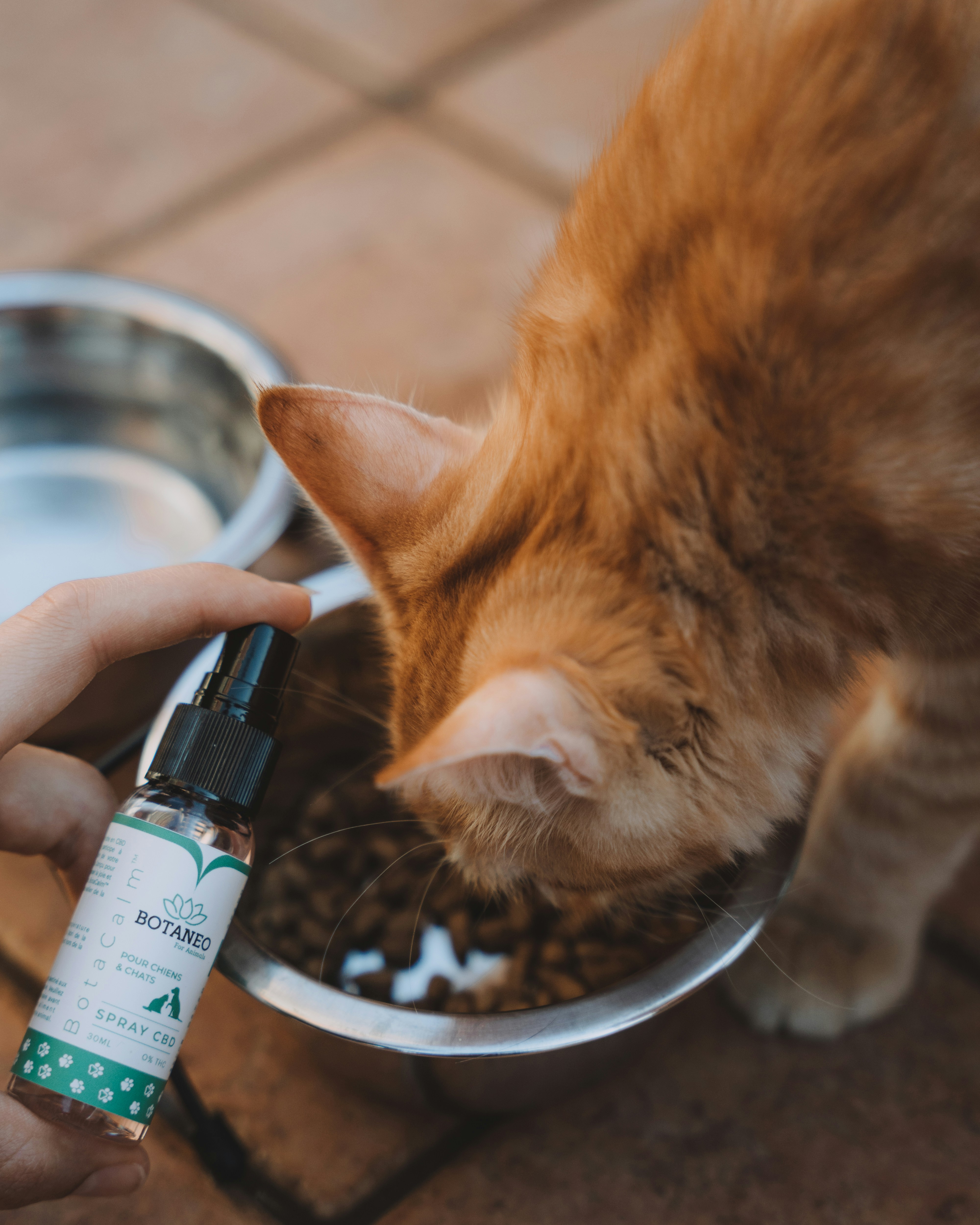
Market Overview: The Middle East Pet Industry
The pet market in the Middle East has experienced unprecedented growth over the past few years, now exceeding $2 billion. This expansion can be attributed to several key factors, including demographic shifts, evolving attitudes towards pet ownership, and an increase in disposable income among consumers. As urbanization continues to rise, a younger and more affluent population is taking an interest in pet ownership, particularly among millennials who view pets as integral family members rather than mere companions.
Changing perceptions regarding animal care and welfare have significantly influenced pet ownership dynamics in the region. Traditional views that regarded pets as working animals have shifted towards a more modern understanding, wherein pets are cherished companions. This cultural evolution fosters a nurturing environment for pet ownership, especially among feline enthusiasts, as cats are becoming increasingly popular due to their simplicity in maintenance and adaptability to indoor living. In addition to their companionship, the presence of cats in households contributes positively to emotional well-being, thus encouraging a stronger bond between owners and their pets.
The burgeoning pet economy in the Middle East is also reflective of increased disposable income, which has created a demand for diverse products and services, including premium pet food, medical care, and grooming services. This spending is not only limited to dogs but extends significantly to cats, as pet owners are willing to invest in high-quality products that cater to their pets’ well-being. Moreover, the rapid rise of e-commerce channels has revolutionized the way pet owners access products, allowing for greater convenience and variety. Overall, the cat economy in the Middle East highlights a unique blend of cultural, economic, and technological factors that continue to drive the growth of the pet market in this region.
The Cat Economy: Understanding the Popularity of Felines in the Middle East
The emergence of what is referred to as the ‘cat economy’ in the Middle East reflects a significant cultural shift regarding pet ownership, particularly concerning cats. Historically, cats have held an esteemed place in various cultures across the region; however, their status has grown exponentially over recent years. This trend can be attributed to multiple factors, including changing societal norms, increased awareness about animal welfare, and the influence of social media, which has proven to be a game changer in popularizing feline companionship.
Culturally, cats are often viewed as symbols of protection and companionship in Middle Eastern households. With urbanization leading to smaller living spaces, cats have become an ideal pet choice due to their adaptability to indoor living and relatively low maintenance. This growing affinity for cats is evident in statistics that reveal a substantial increase in cat ownership across various countries in the region. For example, a recent study indicated that approximately 30% of households in the UAE own at least one cat, showcasing a significant rise in pet ownership overall.
Social media platforms have played an instrumental role in promoting the ‘cat economy.’ Platforms such as Instagram and TikTok have become popular avenues for users to share their experiences and showcase the personalities of their feline companions. Viral videos and photos contribute to a burgeoning community that celebrates cats, often leading to increased spending on pet products and services. From premium cat food to luxury pet accessories, the market is expanding rapidly, aligning with consumer trends that emphasize quality and brand loyalty.
Anecdotes from cat owners further underline the emotional connection fostered by having a cat. Many individuals note the comfort and companionship that cats provide, with testimonies reflecting how the presence of a cat can uplift mental well-being, especially in fast-paced urban lifestyles. Thus, understanding this ‘cat economy’ offers insights not only into pet ownership trends but also into the broader cultural dynamics at play within the Middle Eastern region.
E-Commerce Channels: New Opportunities for Pet Products and Services
The Middle East’s pet market has significantly evolved, particularly through the burgeoning e-commerce channels that cater to pet products and services. The landscape has witnessed a notable shift in consumer behavior, driven by advancements in technology and the impact of the COVID-19 pandemic, which expedited the acceptance and reliance on online shopping. Consumers increasingly prefer the convenience of ordering pet supplies, food, and accessories from the comfort of their homes, marking a departure from traditional retail shopping.
Key players in the e-commerce space, such as local and international platforms, have emerged to capitalize on this trend. Major online retailers, alongside niche e-commerce websites that specialize in pet products, are becoming pivotal in shaping the purchasing habits of pet owners. These platforms not only offer a wide range of goods, from premium pet food to stylish accessories, but they also frequently introduce subscription models that ensure a steady supply of essentials for pet owners, promoting brand loyalty.
Innovative trends have also emerged within this e-commerce boom. For instance, many retailers are embracing technology to provide personalized shopping experiences, utilizing artificial intelligence and data analytics to recommend products that meet individual pet needs. Additionally, the rise of social media has created avenues for engaging marketing campaigns that resonate well with the pet-loving community, further driving sales online.
Despite the vast opportunities, new entrants may face challenges such as competition from established players and navigating logistics in the diverse Middle Eastern market. However, implementing strategies such as localized marketing, diversifying product offerings, and enhancing customer service can provide a competitive edge. As the pet product and service e-commerce landscape continues to grow, new businesses must leverage these opportunities to thrive in this dynamic market.
Future Trends and Predictions in the Middle East Pet Market
The Middle East pet market, valued at over $2 billion, poised for further growth as emerging trends take shape within the industry. A distinctive shift towards enhancing pet health and wellness is expected to stimulate market expansion. Pet owners are increasingly becoming conscious of the nutritional and healthcare needs of their animals, which is driving demand for premium pet food, dietary supplements, and veterinary services. This heightened focus on animal well-being highlights the commercial potential in providing products and services that support pet health, paving the way for numerous opportunities in both brick-and-mortar and online markets.
Another significant trend in the Middle East pet market is the rising consumer interest in eco-friendly products. As environmental awareness grows, many pet owners are seeking sustainable options that align with their values. This includes biodegradable pet waste bags, organic grooming products, and environmentally friendly pet toys. Companies responding to this demand can gain a competitive edge, contributing to a sustainable pet economy while fostering loyalty among eco-conscious consumers.
Furthermore, the role of digital marketing and e-commerce in the pet market cannot be overstated. With the rapid adoption of technology and the increasing reliance on online shopping, pet owners are turning to e-commerce platforms for their purchasing needs. Social media and targeted advertisements are effective tools for reaching potential customers, creating personalized shopping experiences. As more residents of the Middle East embrace online shopping, pet businesses that harness digital marketing strategies will likely see growth in their customer base and revenue.
Looking ahead, the Middle East pet market is on course for significant growth. The evolving preferences of consumers, driven by health, sustainability, and technology, suggest that the cat economy will not only expand but also offer diverse opportunities for businesses entering this dynamic market. By understanding these trends, stakeholders can better position themselves for success in the ever-changing landscape of pet ownership and e-commerce in the region.





